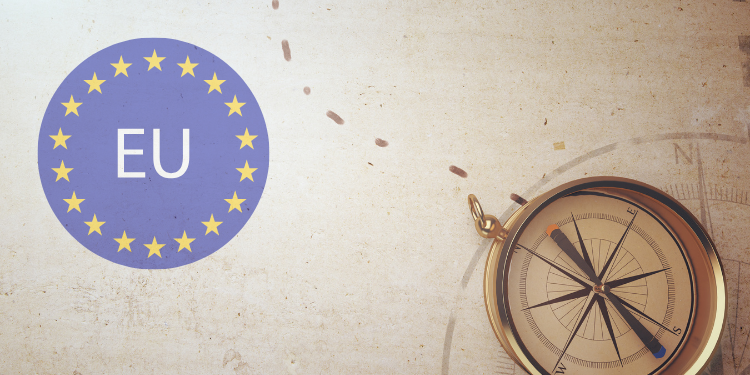The EU should not miss the chance of a timely implementation of the Strategic Compass
The Strategic Compass, adopted in March 2022, represents a first EU “white paper” on defence, providing guidelines for the EU and the Member States to adapt and respond to the new geopolitical environment. The document aims to make the EU and the Member States capable to respond to the challenges and threats for the next decade. More robust and efficient CSDP missions and operations, climate change, gender inequality, hybrid and cyber threats are just a few examples of what the Member States must respond to.
To elaborate more, the Strategic Compass is being built upon four pillars: to act, to secure, to invest and to partner, with the aim of enriching EU capabilities on security and defence. More than a year since the adoption of the Compass many steps have been taken in all domains with the aim of making the European Armed Forces more interoperable with new sets of capabilities, as the adoption of the Military Mobility Action Plan 2.0, the EU Space Strategy for security and defence or the revision of the Maritime Strategy.
Concerning the military domain, one important milestone has been the activation of the Permanent Structure Cooperation (PESCO) in 2017. However, in the year 2023, PESCO projects are almost 70, and only three have already delivered results, thus delivering on their objectives will be extremely challenging. In this regard, it is important to note that the Compass sets out that by 2025 the participating Member States at PESCO must fulfil the binding commitments and 1/3 of the projects should deliver results by then. Also, PESCO’s primary goal was for Member States to reach their commitment to allocate 35% of defence spending to collaborative projects; for the moment it currently stands at 18%. Besides, and according to the latest CARD review, cooperation remains the exception rather than the norm.
Another important aspect of the Compass – especially for military personnel – is the creation of the Rapid Deployment Capacity (RDC) which will be constituted of 5000 troops covering land, air, and maritime domain, with the necessary strategic enablers. The military personnel that will participate at the RDC will focus on evacuation, stabilisation and rescuing missions, and will train and work together. Thus, and as the European Parliament resolution “EU Rapid Deployment Capacity, EU Battlegroups and Article 44 TEU: the way forward” underlines“ the EU RDC “will be made up of forces that will train and work together and that as long as they are under EU command, the troops assigned to the EU RDC should enjoy equal working and social rights”. A provision that is much supported by EUROMIL and should be taken into account in 2025 concerning the possible revision of the Strategic Compass.
The above mentioned resolution also calls for the gradual advancement of the number of troops consisting the RDC to better respond to the current geopolitical environment. It should also not be forgotten that the EU Battlegroups were never deployed and one of the main reasons was the reluctance of the Member States to fund such a deployment. Thus, work must be done in order for the RDC to receive support by the Union, under the European Peace Facility or a similar tool.
Lastly, it is important to mention that the Compass – among many issues – also focuses on the need for European defence to become more sustainable by deploying climate advisors to the EU missions and operations, as well as boosting gender equality. Concerning the latter, the annual implementation report of the Compass states that more work will be done for the promotion of gender equality, a requirement that should not be neglected. EUROMIL strongly supports gender equality in the Armed Forces and underlines the importance of recruiting but also retaining more women in the military.
Overall, the timeline provided by the Compass leaves no room for delays, it is high time to move towards greater defence cooperation to meet the goals set for 2025. The first steps have already been made but quicker action is highly needed. Fast implementation, greater defence integration and cooperation are essential for the EU and the Member States to be able to effectively respond to the current threats and challenges and become more autonomous, better partners and at the same time strengthen the European pillar in NATO. Hence, European Armed Forces will become more interoperable, while reducing fragmentation . However, without equal working and social conditions for military personnel under EU command, no real defence integration can be achieved.
This article is part of EUROMIL’s European Elections 2024 project.

